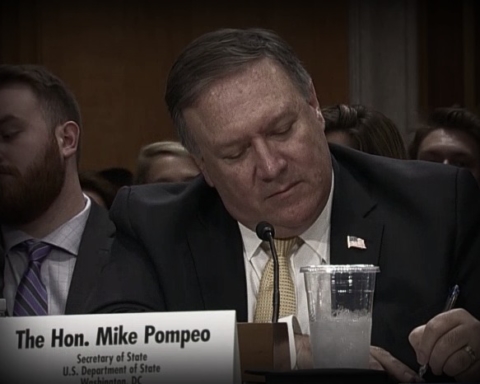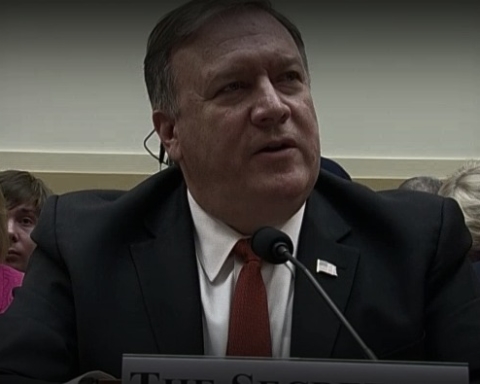Barring an order from the courts, construction will resume imminently on the controversial Dakota Access Pipeline—fulfilling one of President Donald Trump’s first executive actions.
On Wednesday, the US Army Corps of Engineers announced it would grant easement to the fossil fuel infrastructure project, which had been halted in the final months of the Obama administration.
The corps concurrently killed a planned environmental impact statement (EIS) on the pipeline’s final leg, which crosses North Dakota’s Lake Oahe, near critical water supplies and areas considered sacred by the Standing Rock Sioux Tribe.
The tribe, which has led a months-long protest against DAPL and litigation against the project, promised to file suit against the Army corps’ decision.
“The Trump administration – yet again – is poised to set a precedent that defies the law and the will of Americans and our allies around the world,” Standing Rock chairman Dave Archambault II, said in a statement.
The group noted that its lawsuit would argue that the EIS was “wrongfully terminated.” It also demanded that Dakota Access disclose its oil spill and risk assessments for “full transparency and review by the public.”
At the end of last year, the 1,172-mile project was halted by President Obama, who encouraged stakeholders to find another path. Assistant Secretary of the Army Jo-Ellen Darcy called for an environmental review last December to help determine an alternate route.
The decision was prompted, at least in part, by thousands of people occupying land near Cannon Ball, N.D. to disrupt construction on the pipeline. The peaceful demonstrators referred to themselves as “water protectors.” They became the subject of a brutal crackdown that caught national attention when both private and local security forces used attack dogs, chemical weapons, and water cannons, to clear the settlement.
Hundreds of people are still camped out at the site, remaining vigilant.
Upon assuming office, Trump immediately reversed coursed from the previous administration. He issued an executive action four days into his presidency, ordering the Army corps to expedite easement of DAPL.
In a statement on Tuesday, Robert Speer, the Acting Secretary of the Army, said that once easement is granted, the corps “will have completed all the tasks in the Presidential Memorandum of January 24, 2017.”
While direct confrontation on the ground in Cannon Ball may have helped defeat DAPL in the first round, tribal officials don’t think it will be successful this time around.
“Please respect our people and do not come to Standing Rock,”Archambault II said. Instead, the tribe encouraged supporter to “take this fight to your respective state capitols, to your members of Congress, and to Washington, DC.” Planned actions include a Native Nations March on Washington, scheduled for March 10.
Following congressional notification by the Army corps on Tuesday, construction could resume on DAPL within 24 hours.
The project was originally scheduled to be operational by the end of 2016. After delays last year, it’s now expected to start operating within months.
Lisa Dillinger, a spokeswoman for Energy Transfer, the company behind the project, confirmed to Bloomberg that they expect the pipeline to be online by June 1.
Standing Rock said in its statement that if Dakota Access is successful in completing the pipeline, the tribe will then “seek to shut the pipeline operations down.”







